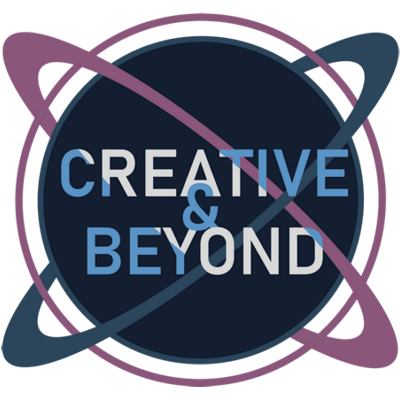constraints
In the world of animation, constraints are essential. And I don’t just mean this as a concept.
Constraints are actual animation tools that allow you to attach one object to another (in other words, to constrain them together). When used correctly, they can save a lot of time and significantly improve the animation’s quality.
To give you a quick example, if you had a person juggling, you might use a constraint to keep a ball in the juggler’s hand until it was released. If the juggler was also standing on a moving skateboard, you might constrain the juggler and all the balls to the skateboard’s movement.
There’s a coworker I once had who claimed, “I’m old school, I don’t use constraints.” The rest of us chuckled, knowing it really meant he was being sloppy and allowing his lack of knowledge to negatively affect his work.
The funny thing about constraints (both in animation and as a concept) is that they can actually be freeing once you learn how to use them well.
In Done!: Finish Your Creative Project in One Month (my email course, eBook, and audiobook) I have a whole chapter about learning to love your limits. Turns out this approach can really boost your creativity and productivity.
Working within constraints or limits is something I’ve experienced often. It’s also something I hear creatives talking about more and more.
To that end, here’s an excellent TEDx video featuring talented artist Phil Hansen talking about this very subject. He’s got some amazing examples of his own limits and the artwork he produced within them.
Check it out:

